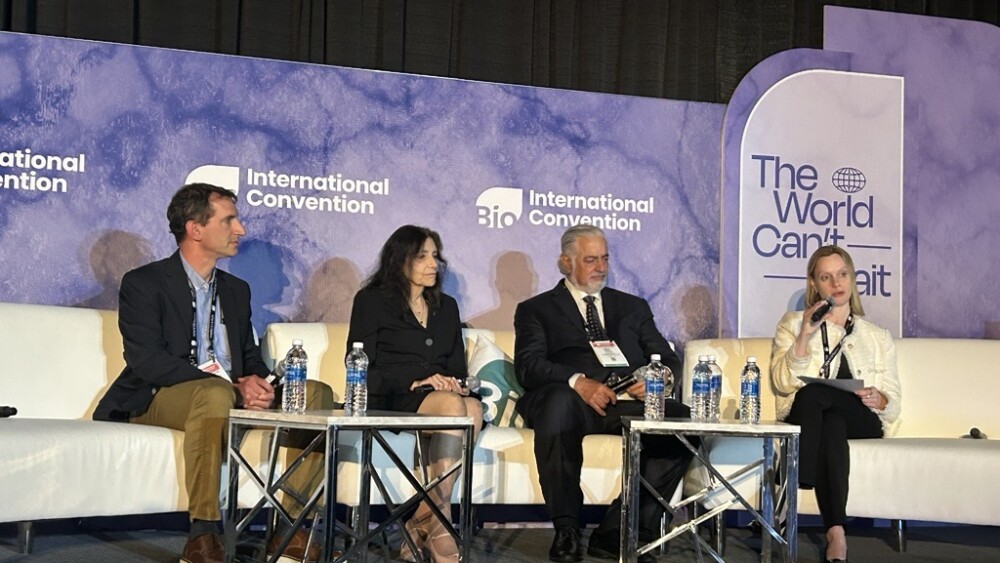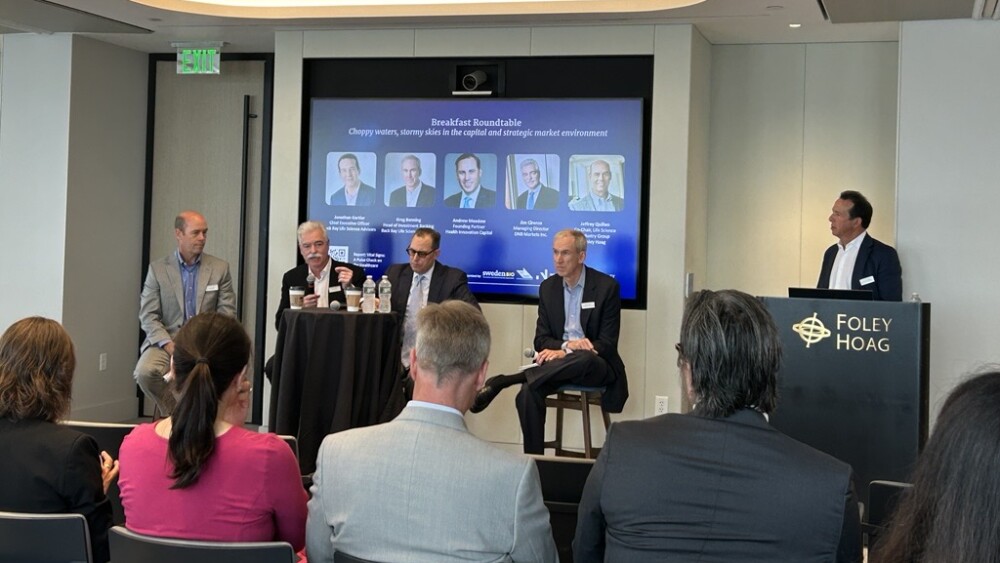CHICAGO and KANNAPOLIS, N.C., June 22 /PRNewswire/ -- Research presented at the 67th Annual Scientific Sessions of the American Diabetes Association (ADA) in Chicago and recent medical conferences underscore the utility of the GlycoMark 1,5-anhydroglucitol (1,5-AG) blood test to detect underlying treatment effects in patients with diabetes. These treatment effects were not readily revealed by the gold standard hemoglobin A1C diabetes test.
Although the A1C test provides important information about how blood glucose has behaved over the preceding two or three months, the test does not provide specific information on blood glucose performed right after meals. This is a critical measurement because a growing body of evidence suggests that controlling after-meal glucose levels plays a significant role in achieving optimal glycemic control and reducing the burden of cardiovascular complications, the leading cause of death in patients with diabetes.
In contrast, GlycoMark provides a specific measure of average after-meal glucose levels over a period of one to two weeks with one single blood test -- revealing potentially abnormal after-meal glucose elevations that would otherwise go undetected by the A1C test. In a recent study published in the American Diabetes Association Diabetes Care journal (Dungan et al. Diabetes Care 2006; 29 (6): 1214-1219), it was shown that the GlycoMark 1,5-AG test reflected after-meal glucose levels more robustly than the A1C test. The study also showed that GlycoMark was able to reveal dramatically different after-meal glucose levels in patients with similar A1C levels.
In studies presented at the 67th Annual Scientific Sessions of the American Diabetes Association and other recent meetings, the use of GlycoMark as a specific measure of after-meal glucose levels was confirmed. The studies also show that GlycoMark is particularly valuable in detecting underlying treatment effects on after-meal glucose levels. These findings have important implications for patient care and pharmaceutical research as the reduction of after-meal glucose rises is a key objective of diabetes drug therapy.
The studies are as follows:
Exenatide Improves Postprandial Glucose (PPG) Control in Patients With Type 2 Diabetes as Measured by 1,5-Anhydroglucitol (GlycoMark)
David Kendall, Amylin Pharmaceuticals, Inc.
Abstract/Poster Excerpt: Previous studies have shown that as A1C nears 7%, PPG becomes the major contributor to overall glycemic control. As such, 1,5-AG may be a useful complement to A1C to reflect PPG in patients with T2DM treated with agents that target PPG. In this post-hoc analysis, the increase in 1,5-AG confirms previously reported improvements in PPG in exenatide-treated patients.
Scientific Sessions of the American Diabetes Association - 2007
1,5-Anhydroglucitol (GlycoMark), a PPG Excursion Marker In Pramlintide Treated Subjects
Juan Frias, Amylin Pharmaceuticals, Inc.
Abstract/Poster Excerpt: Conclusions - Despite similar reductions in A1C, the change in 1,5-AG levels was consistent with improvement in PPG control in pramlintide-treated subjects, as measured by SMBG. 1,5-AG as a complement to A1C may be a useful marker of PPG control.
American Association of Clinical Endocrinologists 2007 Annual Meeting
Glycemic Instability Estimated By 1,5-Anhydroglucitol Persists Even After Normalization of A1C By Treatment in Patients With Type 2 Diabetes
Toshikzau Yamanouchi, University of Teikyo
Abstract/Poster Excerpt: Glycemic instability (glycemic excursions or postprandial hyperglycemia as measured by 1,5-anhydroglucitol) in diabetic patients is not easily restored for long periods even with treatment that maintains normoglycemia, as estimated by A1C levels.
Scientific Sessions of the American Diabetes Association - 2007
1,5-anhydroglucitol and Postprandial Hyperglycemia as Assessed by Self Monitoring of Blood Glucose in Japanese Patients with Moderately Controlled Diabetes
Yutaka Mori, et al., Utsunomiya National Hospital
Abstract/Poster Excerpt: 1,5-AG has been shown to reflect glycemic excursions, often in the postprandial state, more robustly than A1C or glycated albumin.
Scientific Sessions of the American Diabetes Association - 2007
Comparative Analysis of Three Glycemic Assays - A1C, 1,5-Anhydroglucitol, and Fructosamine
Steve Wittlin, University of Rochester
Abstract/Poster Excerpt: As 1,5-AG correlates significantly to all independent variables, this appears to be indicative of its utility as a marker of short-term glycemia and glycemic excursions.
American Association of Clinical Chemistry 2007 Annual Meeting
Other Clinical Drug Studies and Trials
In addition to the previously mentioned studies using GlycoMark, exenatide (Byetta) and pramlintide (Symlin), GlycoMark has been or is being used in studies with other drug agents such as sitagliptin (Januvia), biphasic insulin aspart 70/30 (Novolog Mix 70/30) in the INITIATE Trial, and lispro insulin mixture (Humalog Mix) in the DURABLE trial. GlycoMark is also being used in several clinical drug studies and trials which have yet to be made public.
About GlycoMark
GlycoMark is an FDA approved test for monitoring intermediate glycemic control by measuring the levels of a monosaccharide 1,5-anhydroglucitol (1,5- AG) in blood. Multiple published studies in peer-reviewed journals have shown that the 1,5-AG test is a specific index of postprandial hyperglycemia (elevated after-meal glucose levels) and short-term glycemic control -- providing a useful complement to A1C testing. GlycoMark is being used in clinical practices nationwide and is available at major reference laboratories including Quest Diagnostics, LabCorp, Esoterix, Mayo Medical Laboratories, and Specialty Laboratories. The test is also available at most major contract research organizations for pharmaceutical research studies.
GlycoMark is being commercialized by a partnership between Toyota Tsusho America (New York, NY), Nippon Kayaku (Tokyo, Japan) and the BioMarker Group (Kannapolis, NC). GlycoMark activities are centered in the North Carolina Research Campus in Kannapolis, North Carolina, a 350-acre life sciences hub started by billionaire David H. Murdock.
More information about GlycoMark may be found at http://www.glycomark.com.
GlycoMarkCONTACT: Eric Button of BioMarker Group, +1-704-707-3759,ebutton@biomarkergroup.com
Web site: http://www.glycomark.com/




